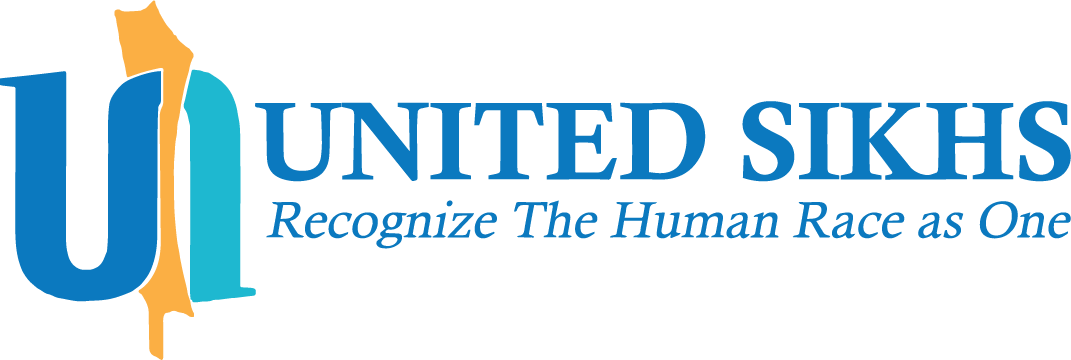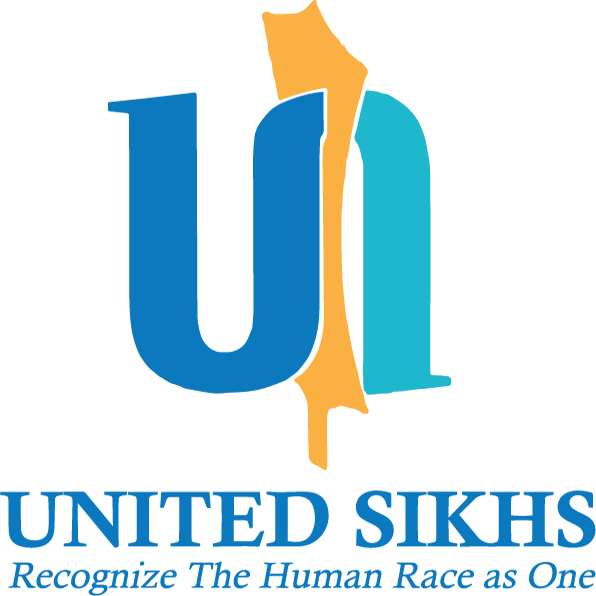HIGHLIGHTS:
- A 220 bed hospital can now cater to the urgent needs of the people with the help of electronic equipment and provide basic healthcare and impact and save the lives of thousands.
- 3 times the equipment ascertained at half the price compared to a city hospital
- The work accomplished can be seen through the presentation available at: https://unitedsikhs.org/docs/SiayaDistrictHospital-EHDT.ppt
San Jose, CA: When Dr. Seema Kaur, an OB/Gyn from California was asked to mentor Dr. Erika Kwok for a relief mission in Kenya, she saw it as a mission to fulfill her yearning for sewa (selfless service), an opportunity to embark upon the path laid down by the first Sikh Guru, Guru Nanak Sahib Ji. Dr. Seema, a member of Kaiser Permanente Volunteer and Disaster relief group and also a volunteer with UNITED SIKHS, arrived in April 2011 with two physicians with assistance of the Tiba Foundation. Their mission was to cater to the region of Siaya, one of the poortest districts in all of Kenya, with 480,000 residents.
Dr. Seema recalls the faith with which, the patients, braved through horrid conditions for an opportunity to be treated. “They walk many miles and wait all day carrying tattered test reports which have to be pieced together. Many patients have no records available and have to pay again to initiate the entire process again of getting lab results, radiology tests, etc. before a surgery can be scheduled. The women have to return back home before dark, which is a risk factor and underscores the problem faced by the majority of patients as they are unable to receive pertinent and timely care.â€
Dr. Seema volunteered beyond the hospital to do field work in the villages and noted, “A majority of the babies are delivered in villages, despite the fact that the moms are HIV positive and need medication before delivery to reduce transmission of the virus to the baby. These labors are assisted by the traditional birth attendants that often deliver the babies with their bare hands or grocery bags covering them. Many of these women are in labor for days, often having the baby die in utero or have problems after birth. In one case a 13 year old young girl was abandoned by her family due to a large hospital bill. Her baby was stuck in the birthcanal and died during childbirth causing a fistulous tract between her bladder and vagina and an infection caused by long hospitalization. The operation was performed on payment of the bill.”
The Director of Siaya District Hospital, Dr Omoto Jackton, said, “If only we could automate the patient records, a large number of the in-efficacies that exist today will be removed. Long waiting periods will diminish and timely care can be provided. This will increment the number of patients that will recieve medical help”. Dr Omoto Jackton requested UNITED SIKHS to come up with a solution, thus germinating the idea of automation of the patient medical records.
On May 6, 2011, on the request of Dr Omoto, the UNITED SIKHS Human Development and Sustenance Program (HDSP) Team swung into action, under the leadership of volunteers, Yudhvir Singh and Nelson Garcia. Dr Omoto laid out his vision of the facility, on a sketch and provided- a letter of invitation, a memordandum of understanding with UNITED SIKHS and a written mandate from the Kenyan Ministry of Medical Services.
By June 10, 2011, the UNITED SIKHS HDSP-Technology team developed the first working prototype for medical billing. The following months were spent to develop a working prototype, purchasing equipment, and working on the logistics of the trip. The team was in Siaya by 10th Dec 2011, and implemented the solution. In an email to UNITED SIKHS from the office of the superintendent, Mr. Kidemi Vincent, said, “The automation will double the number of patient encounters and possibly save 120,000 lives per year.”
UNITED SIKHS requests your support to advance this project and assist in making available and sustaining a basic healthcare system to Siaya District Hospital.
Currently there is an urgent need for the following-
a. Better UPS protection for servers and switches, a long-term solution. The equipment is identified, however, there are logistical hurdles in the way: Sourcing the batteries, procuring, integrating photovoltaic panels and shipping.
b. Volunteers with technical and EMR skills to train the staff and manage daily issues. This is an area which requires your time and skills and is absolutely crucial to success. For example, when the on-site staff has a printing problem and they do not know how to load a Linux printer driver, their whole automated process stops because they cannot provide the patients with payment receipts. One phone call and they can be back in business.
c. Ten 8-port switches and two 24-port switches
d. More 15-inch laptops
e. Eighty IP phones to enhance inter-department communications
UNITED SIKHS requests your support to advance this project and assist in making available a basic healthcare system to Siaya District Hospital. If you would like to donate the above mentioned items or make monetary donations, please click here or write to hdsp-tech@unitedsikhs.org. To volunteer, email hdsp-tech@unitedsikhs.org.
Engage with UNITED SIKHS and make an impact, a difference, and a change within your community.
Contribute to UNITED SIKHS through local chapter in your countryhttps://unitedsikhs.org/contact.php




There are no reviews yet.